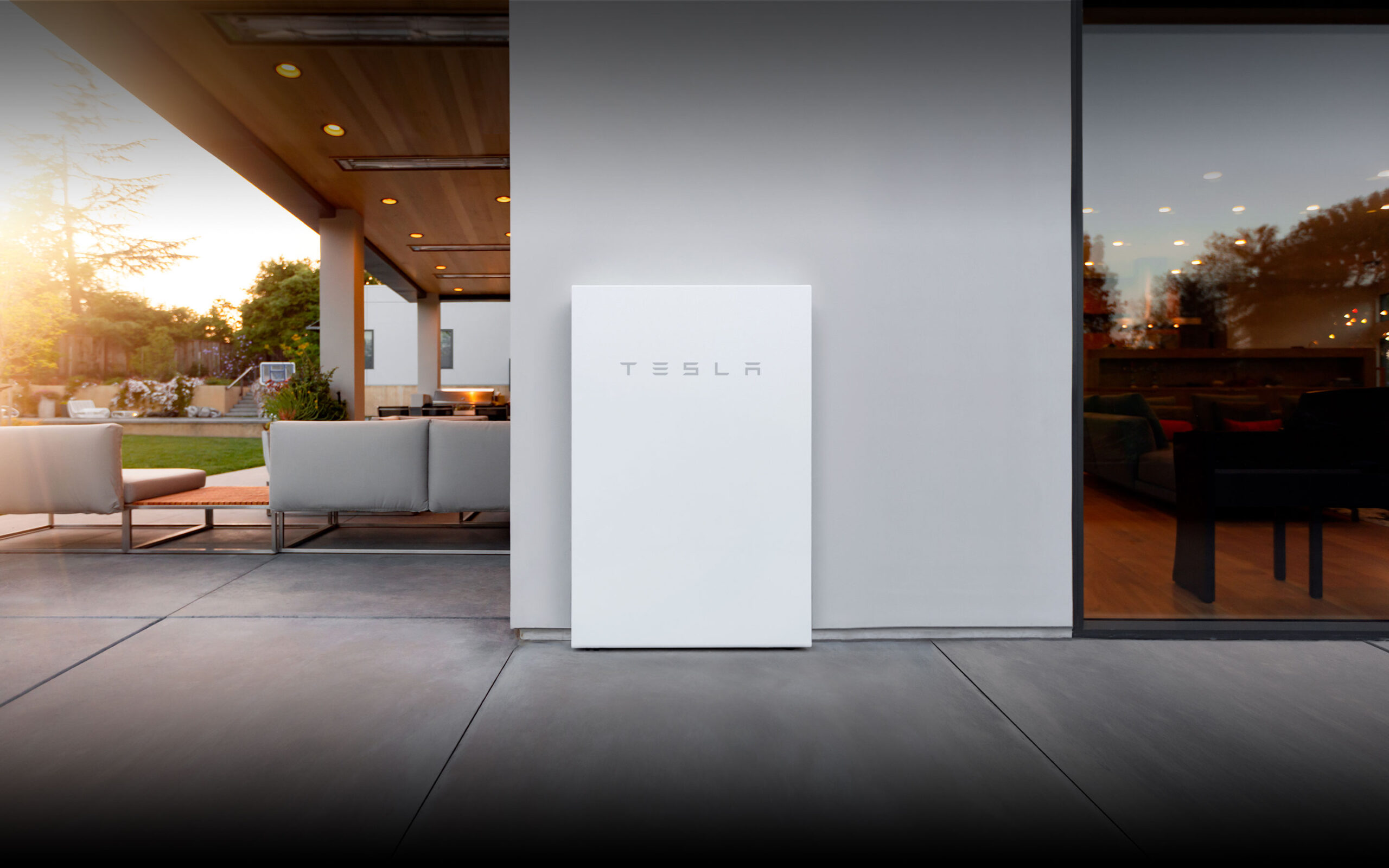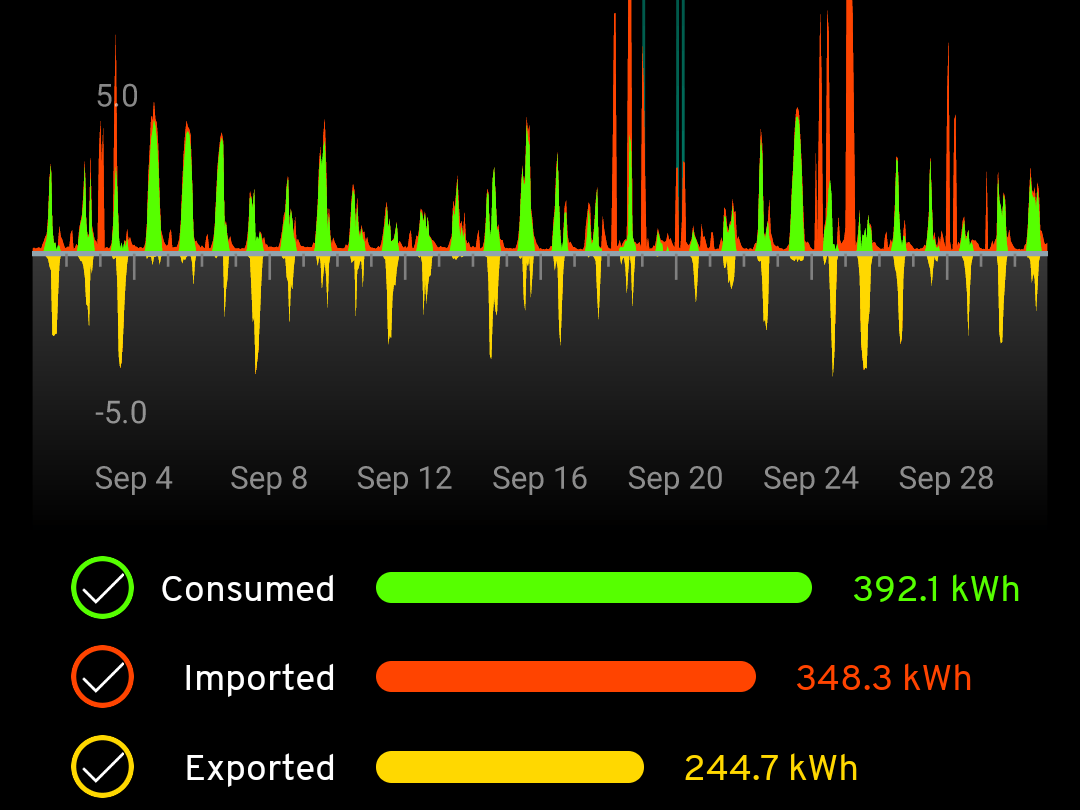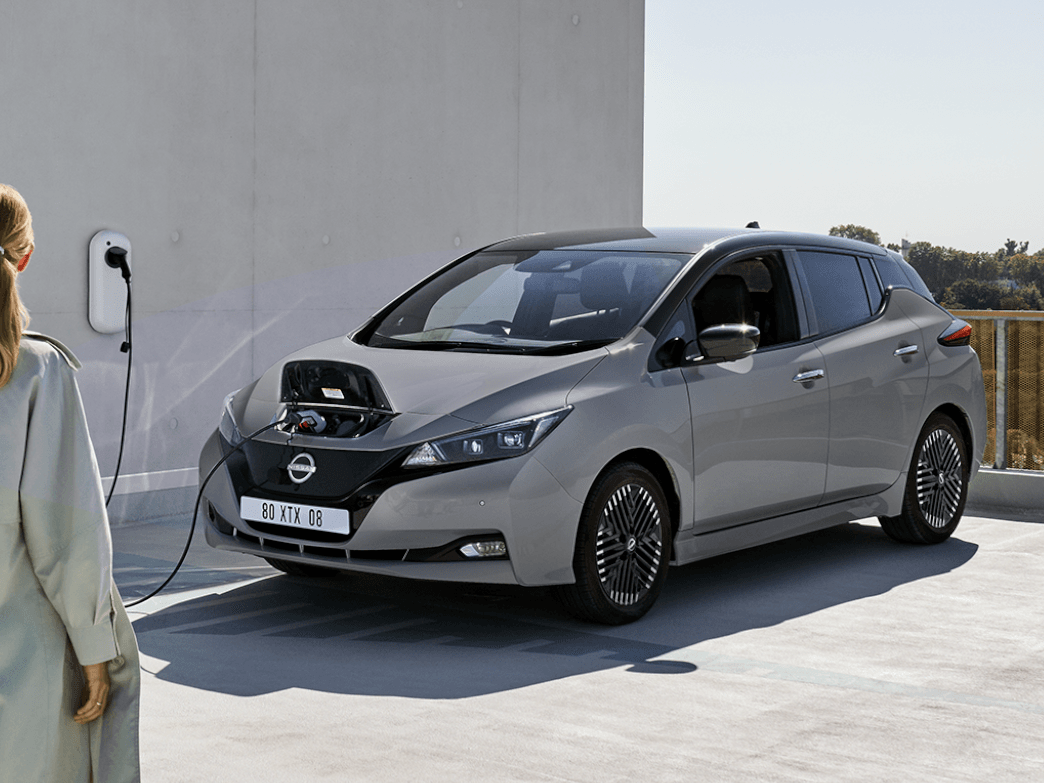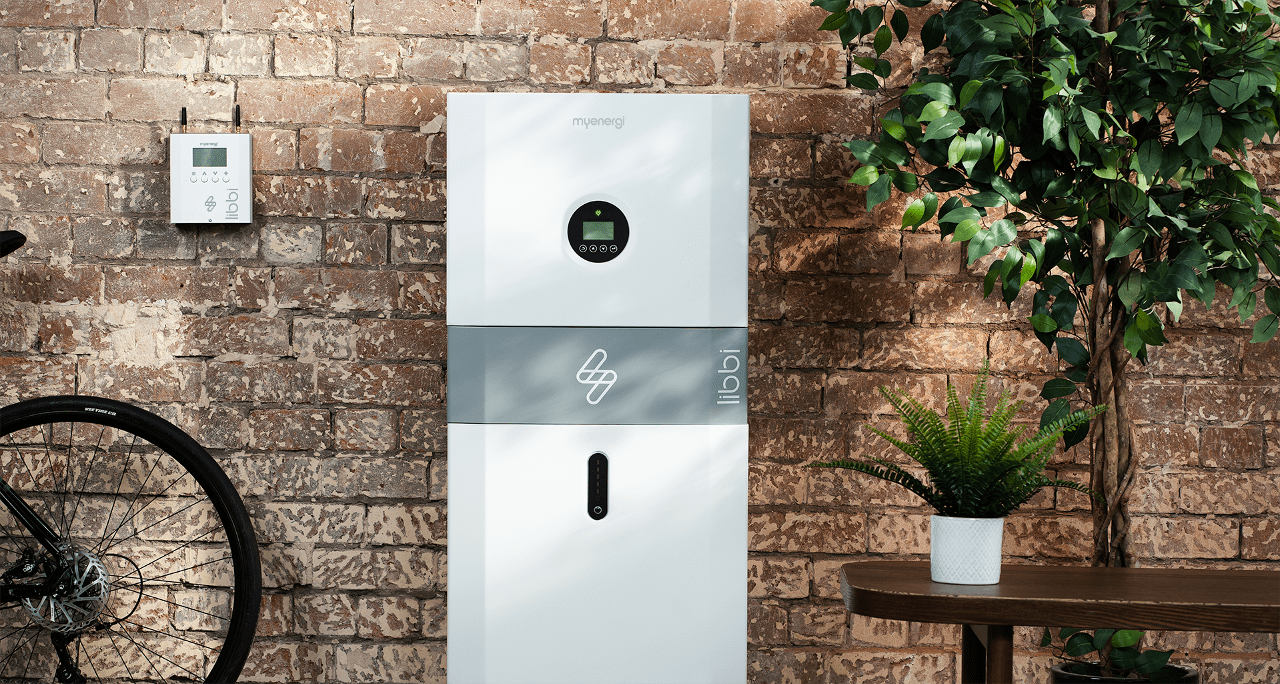Is it worth getting battery storage for solar panels?
Unsure whether battery storage is a white elephant, or the pièce de résistance of a solar install? We look at what it is, what it costs, and whether you can expect it to pay off
So long as there’s daylight, a solar panel installation will keep producing useful power for your home. But sunny days don’t always coincide with the times you need to do the laundry or other energy-intensive jobs around the house. A home battery lets you store spare electricity when the sun’s shining, so it’s available to use whenever it isn’t. So equipped, a home can go for days on next-to-no mains power – potentially saving a fortune.
But at nearly £1,000 per kilowatt hour (kWh), battery storage is expensive, and the batteries themselves have a finite lifespan. On top of that, there’s the need to find space for them – they’re typically big and heavy, and only some examples can go outside. With all the potential downsides, do the upsides of battery storage make it worthwhile?
What is battery storage?
A battery storage system for the home is simply a large set of batteries that stores electricity when it’s cheap or plentiful and supplies it back to the house when it’s not. You don’t necessarily need a source of generation – for example, you can use batteries to store cheap off-peak electricity that you either use or sell back to the grid during peak hours.
In this feature, we’re chiefly discussing systems that are wired permanently into your home. These are designed to supply all or some of a household’s electricity when alternatives are unavailable or expensive. However, there’s also a growing market for portable battery power stations, which plug in, charge up, and can provide backup power to a couple of devices.
Whatever their type, all battery storage systems comprise two main components. There are batteries, obviously, but also an inverter. This is responsible for converting direct current from the batteries into the 230 volt AC supply used by your home, and back again during charging. Smaller and portable systems integrate the inverter and batteries, but larger household installations are usually modular, with one inverter serving one or more battery packs.
A typical solar-with-batteries installation is built around a so-called hybrid inverter, which is connected to the mains, solar panels and batteries. It manages and converts all the electricity flowing between the three. However, where batteries are added as a later upgrade to existing solar panels, they may be installed with their own inverter. This ‘AC coupled’ setup is less efficient, as solar electricity needs to be converted to AC, sent through the house wiring, and converted back in order to charge the batteries.
Where and how are home batteries installed?
While you can install a battery system almost anywhere in a home, they’re bound by some basic requirements. Batteries are heavy, with each 5kWh module typically coming in at 40-60kg, and an inverter perhaps weighing half as much. That could prevent you mounting a system on drywall, or siting a big installation on a fragile floor. There’s also a need for adequate ventilation and cooling, which could rule out hot loft spaces or confined cupboards.
Many home batteries are designed for indoor-only use, but some, such as Tesla’s Powerwall or the MyEnergi Libbi, can go outside. That gives you more flexibility, but the batteries won’t perform as well at extremes of temperature – that’s partly why your electric car has a shorter range in the winter.

Image Credit: Tesla
Professional installers should work to a recognised standard for battery or solar work, such as those administered by the Microgeneration Certification Scheme (MCS). The inverter from a home solar and battery system is wired into the consumer unit (fuseboard) of your home. Most systems are ‘grid tied’, meaning that they need grid power to function, and will shut down if it’s not available. However, many systems can provide a backup power socket or circuit. Some, such as the Tesla Powerwall 2, can even be configured as an emergency power supply for the house, although this involves additional hardware.
Will battery storage save me money?
Battery installations can be expensive. A 10kWh system might typically cost from £6,000-8,000 depending on the complexity of the installation, while a Tesla Powerwall 2 stores 13.5kWh for between £7,000-10,000. There are currently no grants available in the UK for home batteries, but the VAT on storage is reduced to zero if it’s installed as part of a solar installation. Residents of Scotland may also qualify for a Home Energy Scotland interest-free loan.
You can work out the maximum you might save with a stand-alone battery system by looking at how your off-peak and peak rates compare. For example, at the time of writing, if you were on the Octopus Go EV tariff you’d pay 9p per kWh during a four-hour overnight slot, and 31p at other times. That means that for every kilowatt hour you could store off peak and later use at peak time, you’d save 22p. And if you could fully recharge a 10kWh home battery every night, and fully use its contents every day, you’d save about £800 a year.
Things get more complex once you factor in free power from a solar installation. For every kWh of solar power you can use at the same time that it’s generated, you’re saving what you’d otherwise pay to buy it from the grid – 31p in the example above.
At the times when you weren’t able to use that energy, you could either export it directly to the grid or store it in your battery. Octopus will pay 15p for every kilowatt hour you export, so if you generated 10kWh of spare solar electricity every day and simply exported it, you’d earn £550 in a year. But if you stored it in a battery and used it during peak hours, you’d save £1,130 instead.

In practice, homes with batteries might mix the above strategies, storing a mix of off-peak and solar electricity to use or export at peak times. You could even use flexible time-of-use tariffs to benefit from free or negatively priced imports – usually when there’s an abundance of renewable power in the grid. At today’s prices a stand-alone 10kWh system could potentially pay for itself within 10 years, or less if it’s mostly used to store free solar power and avoid buying peak power.
However, things get slightly more complicated, as these figures don’t include the cost of the battery and its finite life. When you start to factor in this cost, the picture can be different.
Will my solar battery last long enough to pay for itself?
The standard lithium-ion cells found in mobile phones or laptops might be fit for 800 charge cycles or so, but many home storage products are rated to maintain at least 80% of their charge capacity after 3,000 cycles or more. That means that a 10kWh battery should still be able to store at least 8kWh after being fully recharged and discharged 3,000 times, which is equivalent to eight years of daily cycles. In fact, home battery manufacturers typically offer a 10-year warranty, although most inverters are only warranted for five years.
The extra durability comes from using lithium-ion phosphate cells – an evolution of standard Li-ion batteries that use different materials for the cathode (positive terminal). Not only do they last longer, they’re more thermally stable, so they’re less susceptible to the thermal runaway that can cause fire.
To get a fair comparison of competing battery systems, it’s best to work out their cost per kilowatt hour of storage. As an example, take a 10kWh system that’s warranted to last at least 3,000 cycles at 80%, and which costs £8,000 to install. It’ll store up to 30,000 kWh over this period, which works out at 26.66p per kWh stored – just shy of the current price cap, although considerably cheaper than the full rate on an Octopus Go tariff.
Buy a battery system that’s designed to last longer and is cheaper to buy for capacity, such as a Tesla Powerwall 2, and the stats can look quite different. With the Tesla Powerwall 2 the UK warranty gives more information on the 13.5kWh system. If used via solar charging only, the system has a 10-year warranty and unlimited charge cycles, stating that after this period, the battery will still have 80% capacity. If used with a combination of solar and mains charging, the warranty sets a limit of 37.8mWh (37,800kWh) of aggregate throughput measured at the AC outlet.
If we take that throughput figure and our rough installation costs (£7,000 to £10,000), then the system stores energy for between 18.5p and 26p per kWh. However, that figure isn’t a cut-off for the batteries, only the warranty; in reality, the Powerwall 2 will continue to store power. That means that the relative cost of stored electricity drops.
That’s true with all batteries. It’s important to note that while batteries typically have a 10-year warranty, they can continue working past this point (it’s just that after 10 years, you’d have to pay for a replacement should one fail). Likewise, even if a battery is quoted for the number of charge cycles it can take until it is at 80% capacity, the battery will continue working after this point; it is just that capacity will continue to diminish. That means the effective cost per kWh of storage can be much less than our basic calculations show and can vary from home to home.
When considering whether to invest in home batteries, it’s worth considering the near future for electric cars. Today’s EVs contain up to 100kWh or more of battery storage, making them the ideal recipient for free solar power generated at home. Some cars already have plug sockets and can power home appliances, but future models will likely be able to supply the home itself – a feature called vehicle to home (V2H) or vehicle to grid (V2G).

Image Credit: Nissan
Currently, only cars with the otherwise dated CHAdeMO connector support V2H. But once it becomes more widely available, an EV could be a better alternative to permanent batteries – provided it’s connected enough of the time to be useful. And if you’re likely to buy the car anyway, it may not be worth spending the extra on home battery storage.
Are home batteries worth it?
Buying batteries for solar storage is quite a complex business and they can take a long time to pay back (typically between eight and ten years). This figure is affected by the amount of electricity you use in a year, with heavy users likely to recoup their costs in less time, compared to light users. Of course, it’s getting easier to use more electricity as the shift to clean energy continues with homes moving to EVs and heat pumps, for example.
Overall, the calculations are pretty complex, depending on whether you use solar only, cheap off-peak tariffs, or a combination of the above. And the cost to buy electricity also has a part to play: the higher electricity prices go, the better value batteries are.
How much solar power you generate also plays a part. If you generate an excess of solar power that you can’t use, then storing it and reusing it will prove more beneficial in the long run compared to getting paid for generation. Similarly, if you can top up a battery from the grid on a very low tariff, the benefit of batteries is that you can reuse this cheap power whenever you want, which will pay off in the long term.
It’s worth talking to your installer to see how a battery system could work for you, based on your annual consumption and likely solar generation, and get an idea of the ROI.
Of course, money isn’t necessarily everything. Adding batteries can help reduce the carbon footprint of a home with solar panels or another source of renewable energy. While they have a carbon cost associated with their manufacture and transport, they minimise the use of grid electricity that may not have come from renewables. And, if you live in an area with unreliable power, having a battery system that can act as a backup generator can keep your home ticking over in a cleaner, more reliable way than a fossil fuel generator would.









